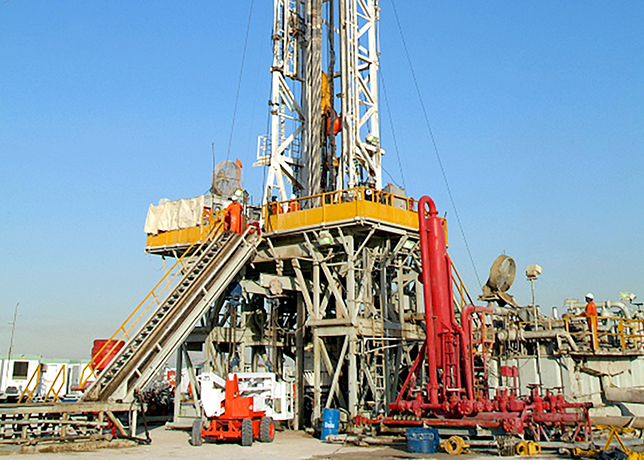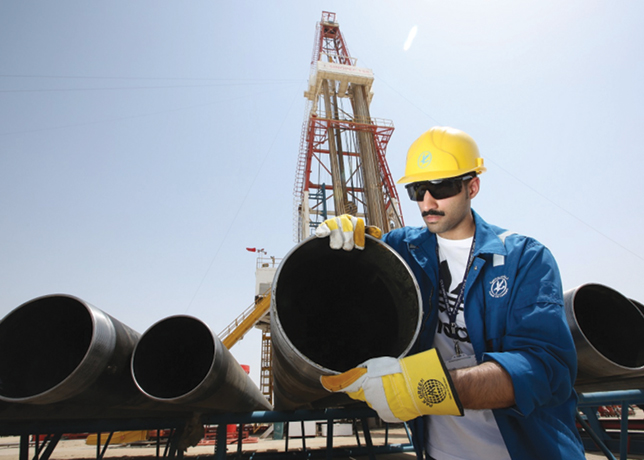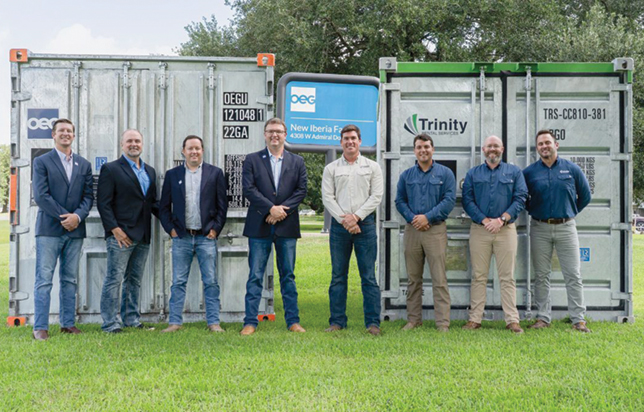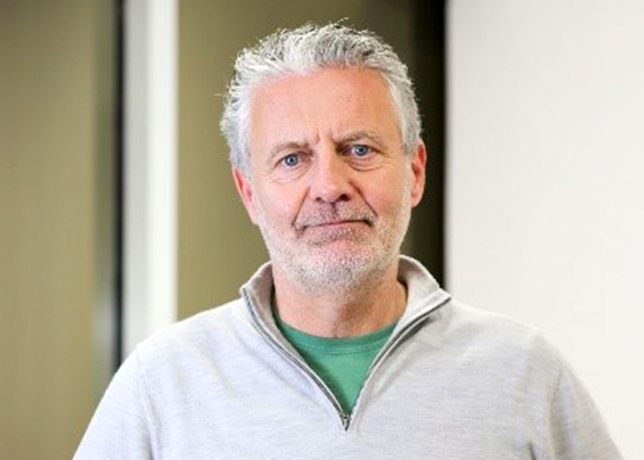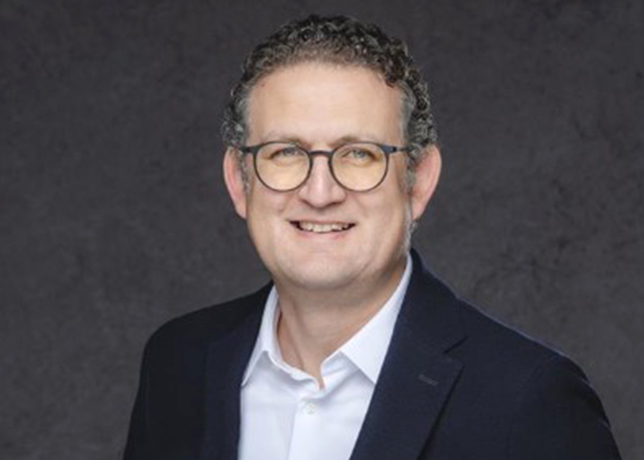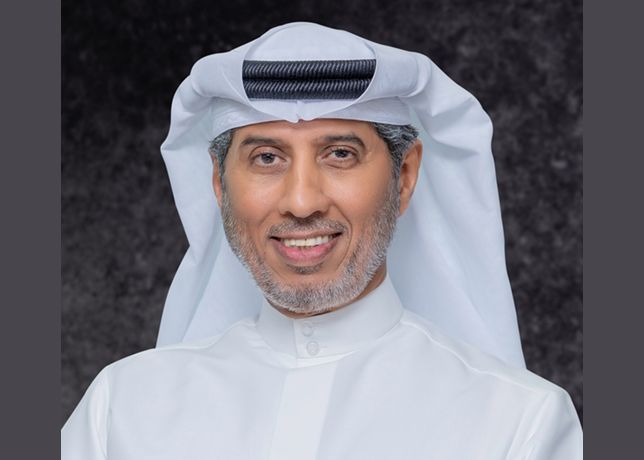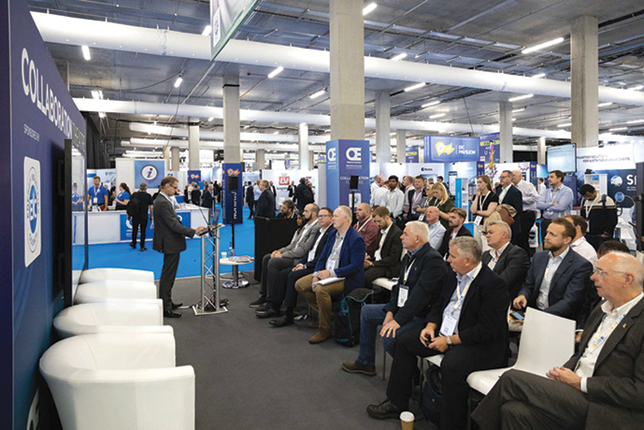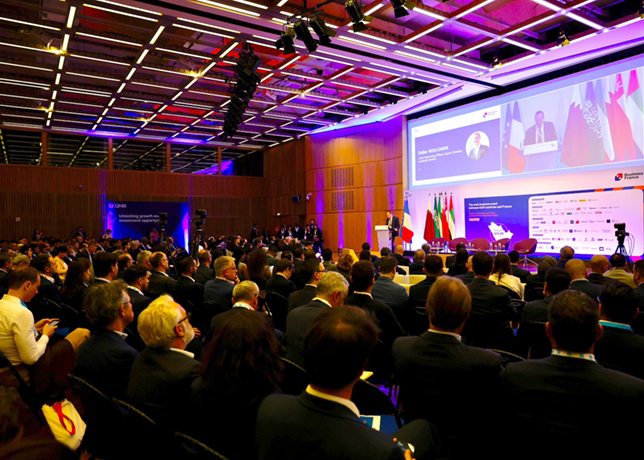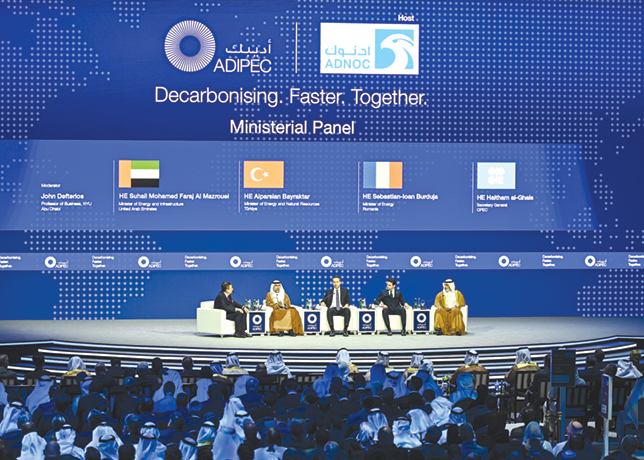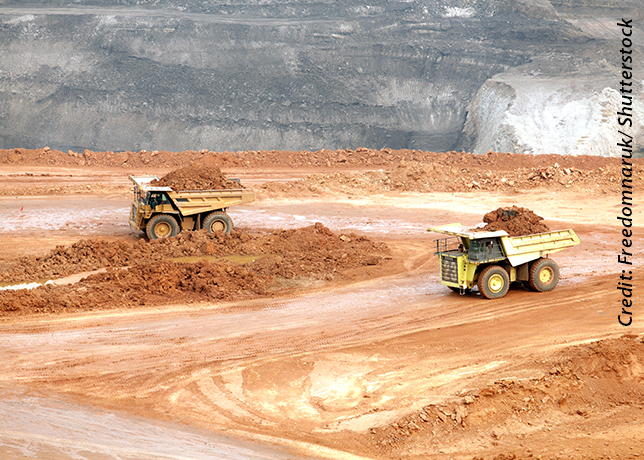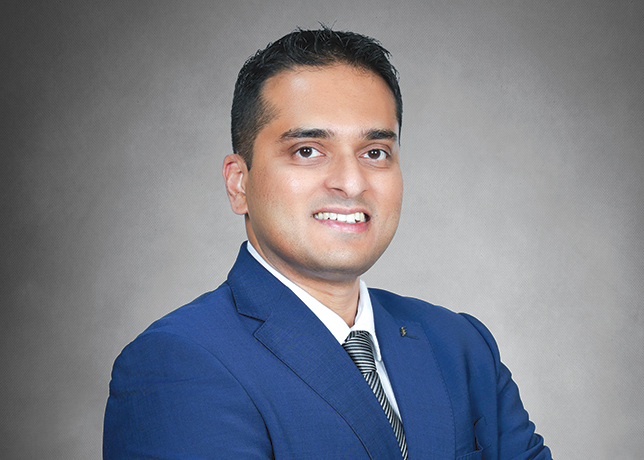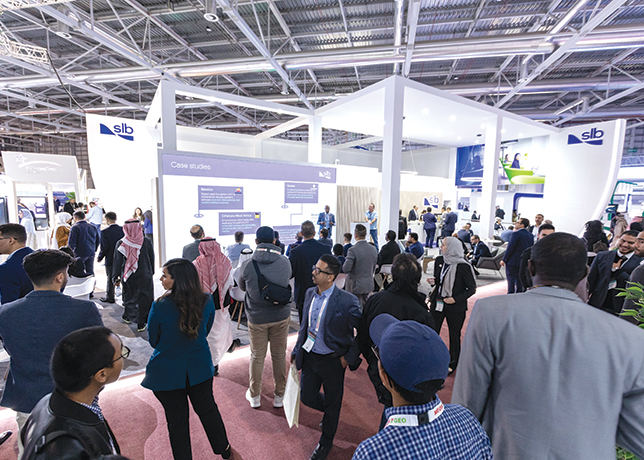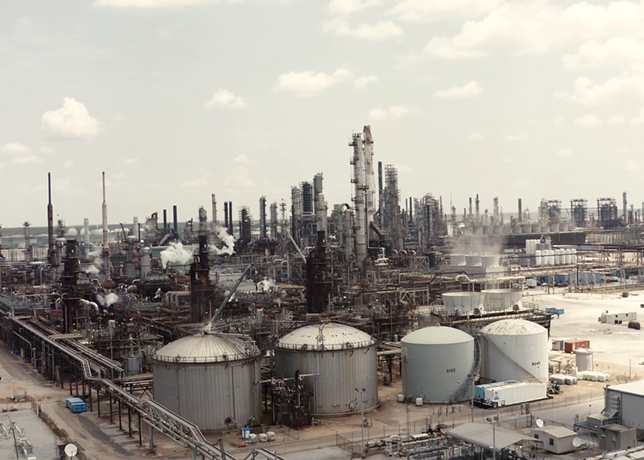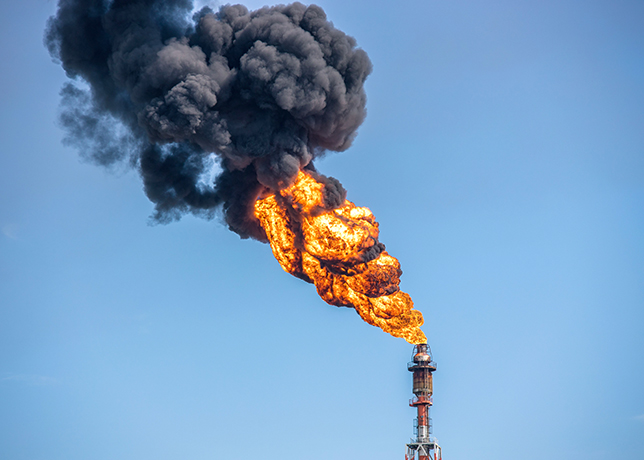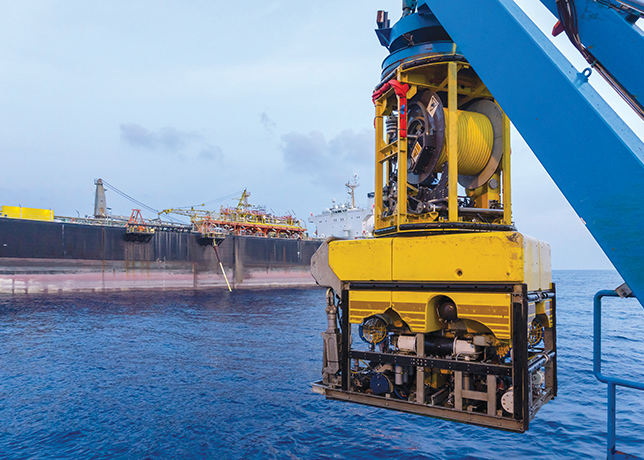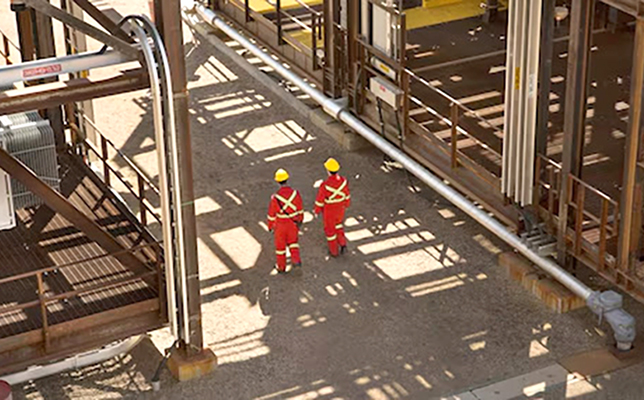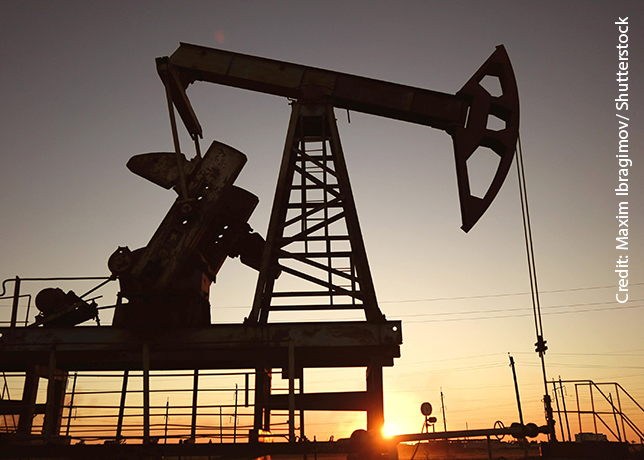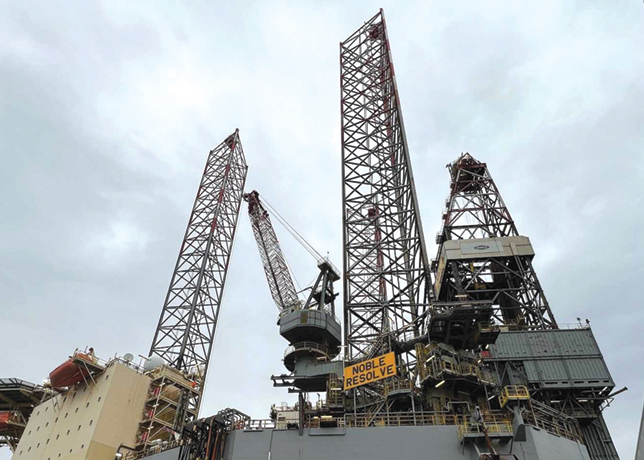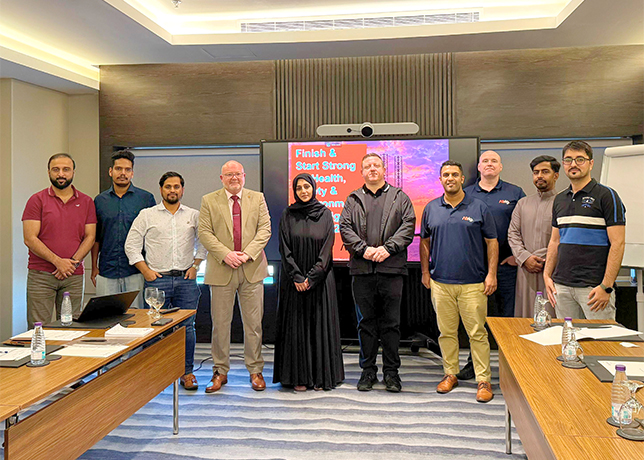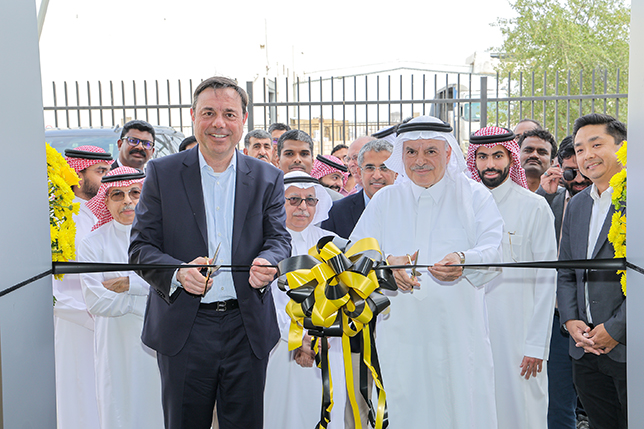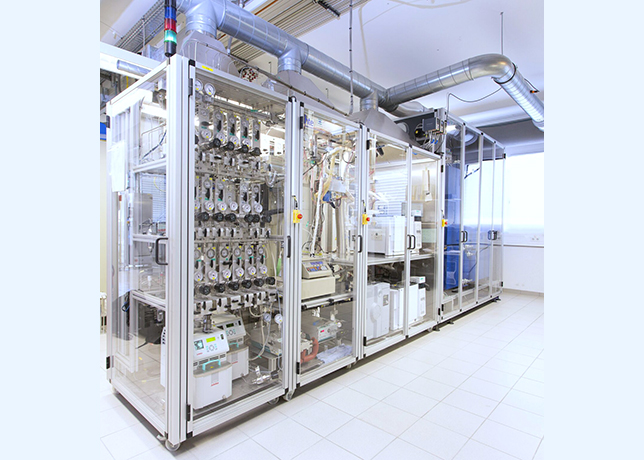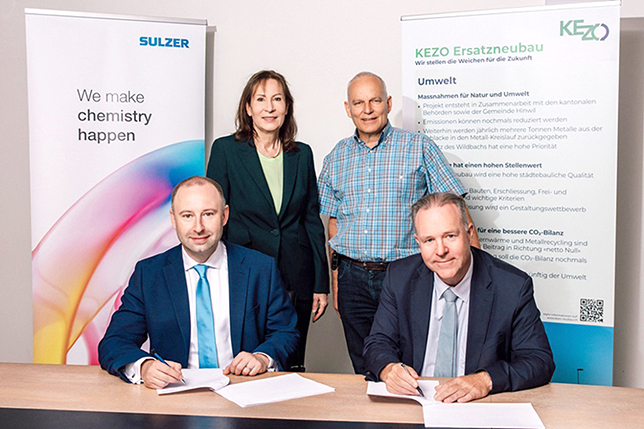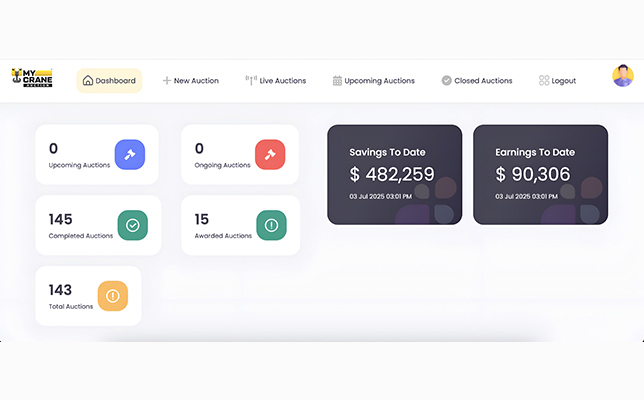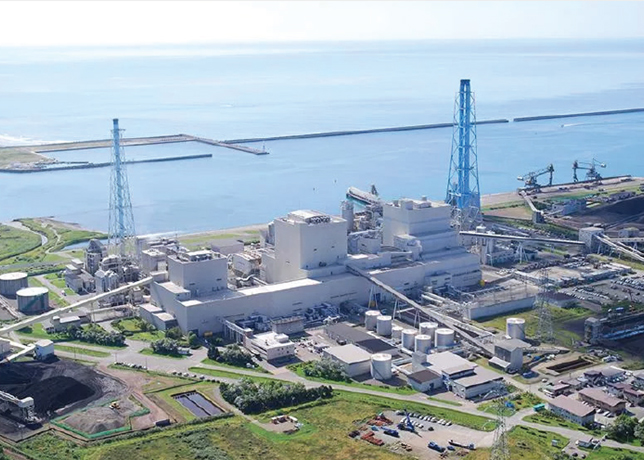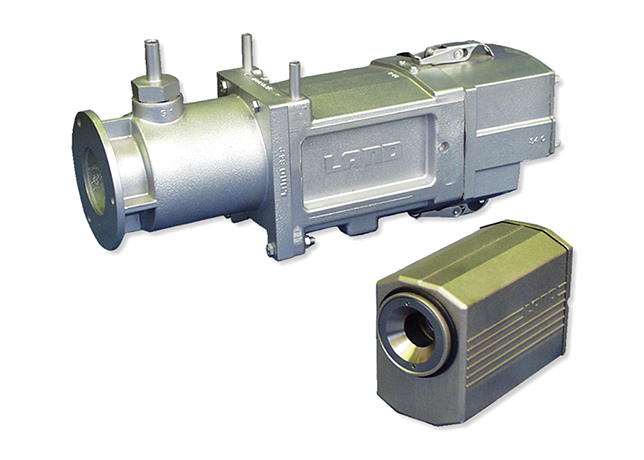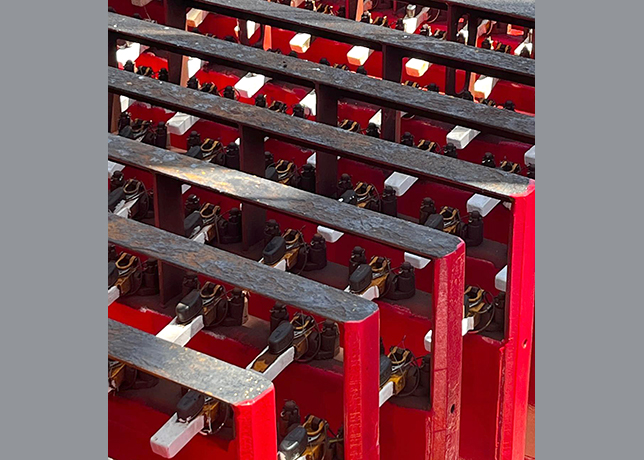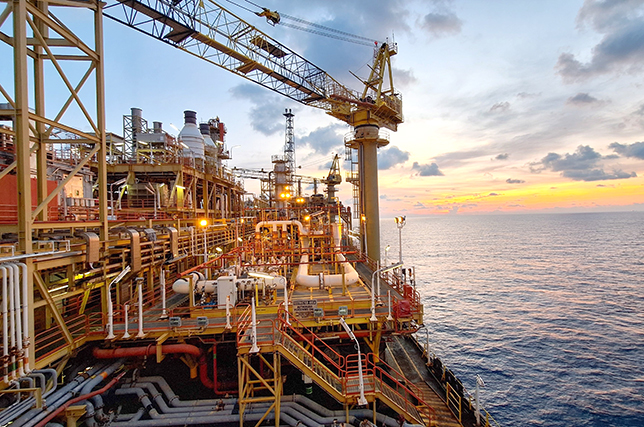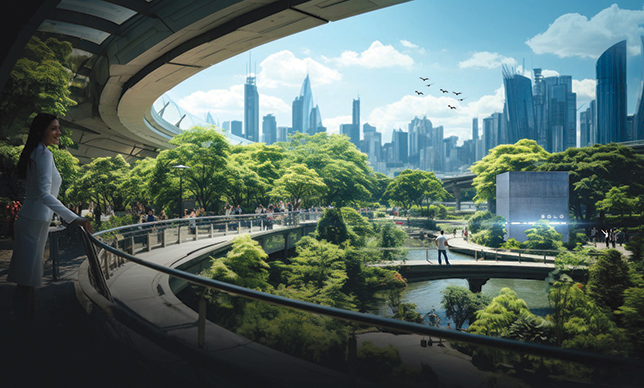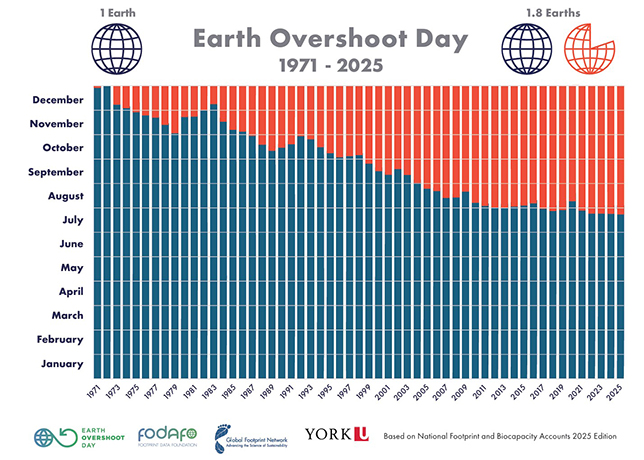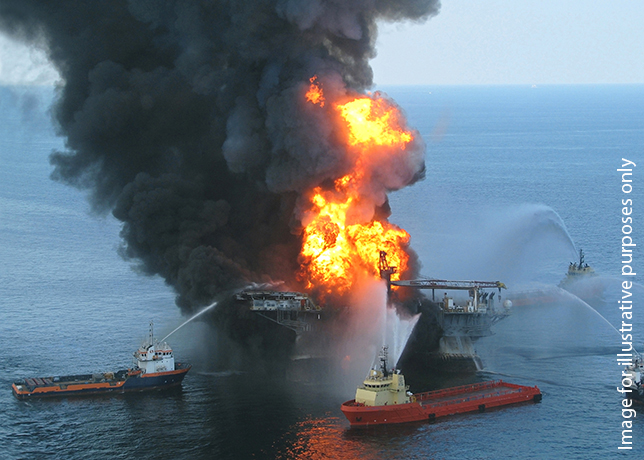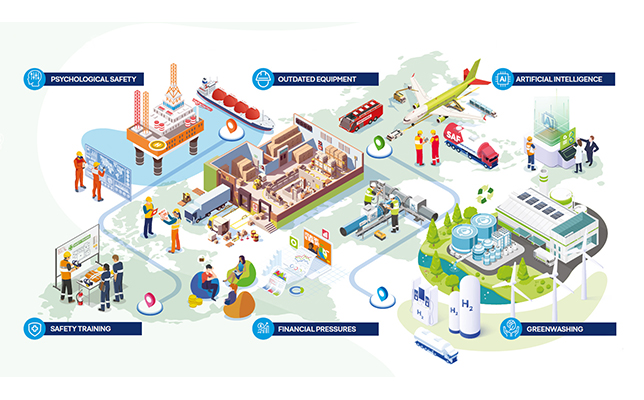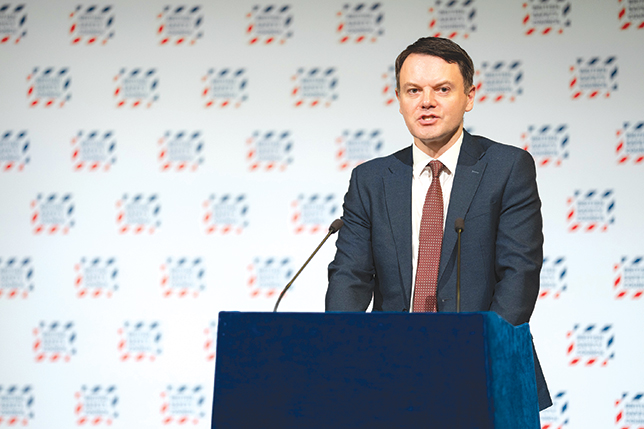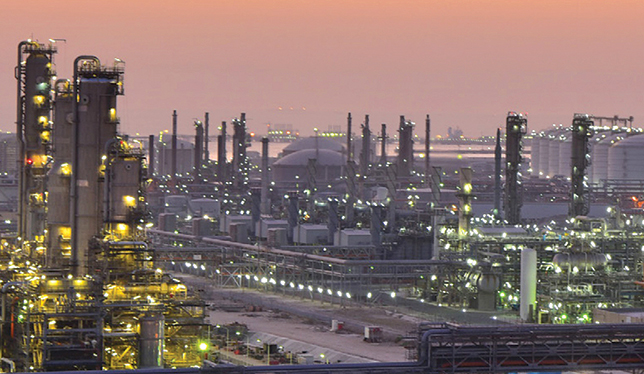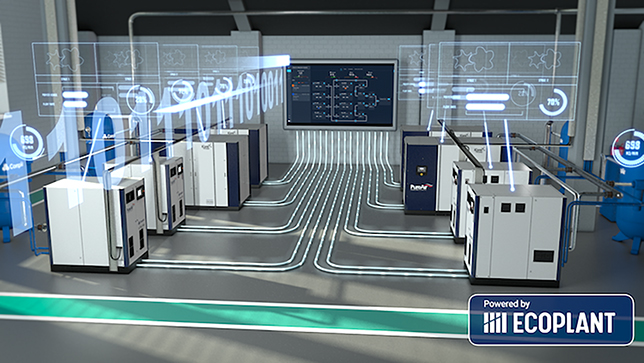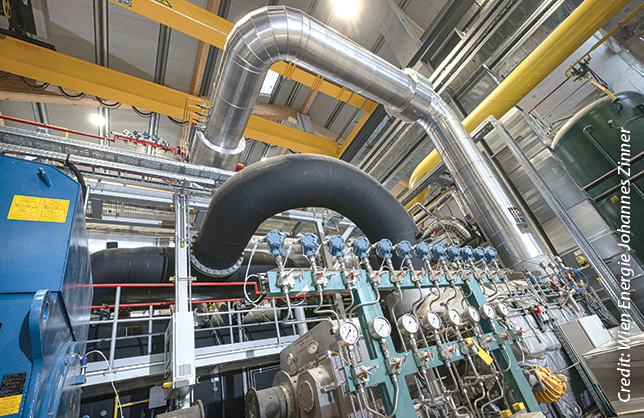

Saudi Aramco continues to launch mega projects and make major investments in the upstream and downstream sector to maintain its leadership position in the oil and gas industry.
Saudi Arabia, the world's top oil exporter, is fast-tracking its oilfield expansion plans and is set to boost capacity by 2.3 million bpd within four years.
Major downstream projects, led by the petrochemical complex at Rabigh, which will reap rich rewards for Saudi Arabia.
The project to bring 300,000 barrels per day of Arab Light crude onstream from the Haradh field by 2006 is on track, says Saudi Aramco.
"The construction phase is 70 per cent complete, with all the major process equipment installed," Aramco says, adding that this included a high pressure production trap for wet crude from the giant South Ghawar oilfield at Haradh.
On completion in the first quarter of 2006, Haradh will produce 300,000 bpd of Arab light crude and approximately 160 million cubic feet per day of associated gas, it said.
Saudi Aramco has also discovered new natural gas and condensate quantities at Al-Khaff B reservoir, 95 km west of Dhahran City in the eastern province.
Saudi Minister of Petroleum and Mineral Resources Ali Al Naimi said that Fazran well was tested in the area.
Gas flowed at a rate of 40 million cubic feet per day and condensates at a rate of 20 barrels per day.
On the downstream push, Saudi Aramco President and CEO Abdallah S Jum'ah said that the Kingdom would consider building two refineries, one on the west coast and one in the eastern province, if there were enough investor interest.
He said the company now believes, based on its own research, there are profits to be made in refining and that companies that took the lead in investing in new refineries will reap the biggest rewards.
In a key downstream development, Saudi Aramco and Sumitomo Chemical Co Ltd have signed an agreement to become joint venture partners in the development of a large, integrated refining and petrochemical complex in the Red Sea town of Rabigh.
The joint venture agreement follows successful completion of a joint feasibility study, during which both companies performed front end engineering design and verified the viability of the project.
The joint feasibility study began on May 9, 2004, when Saudi Aramco and Sumitomo Chemical signed a memorandum of understanding to launch the effort, further strengthening ties between Saudi Arabia and Japan.
The project has moved to an early phase of execution with the recent award of multiple engineering, procurement and construction (EPC) contracts. When completed in late 2008, the Rabigh Project will be one of the largest integrated refining and petrochemical projects ever to be built at one time.
A total of 2.4 million tonnes of petrochemical solids and liquids, along with large volumes of gasoline and other refined products, will be produced.
Also, this project has created third-party investment opportunities in Saudi Arabia's private sector for utilities and other related infrastructure.
For Saudi Aramco and Sumitomo Chemical, the project represents an opportunity for the world's largest producer of hydrocarbons to partner with a leading world-class petrochemical producer.
It presents an opportunity for increased industrialisation in Saudi Arabia and a platform for broad downstream conversion industry development in the Kingdom. The project represents a concrete example of the Kingdom's strategy of attracting foreign investment to expand its economy and provide increased job opportunities for Saudi nationals.
It is also consistent with the objective of creating opportunities for private local investment in service and other related industries.
Through this joint venture, Sumitomo Chemical, a major producer of polyolefins, will secure a reliable and stable supply of feedstock to strengthen its medium- and long-term competitiveness.
This project constitutes an important step forward in enhancing the global competitiveness of the company's petrochemical operations.
Saudi Aramco currently owns and operates a topping refinery at Rabigh with a nominal crude distillation capacity of 400,000 barrels per day. The existing site and infrastructure will serve as the base platform for the development of the Rabigh Project.
Saudi Aramco studied various upgrade alternatives for the refinery since the company became its owner in June, 1995.
These studies led to the conclusion that the best alternative to capture the synergies of the existing large crude capacity, together with significant investment in site and infrastructure, would be to expand the site into a large, fully-integrated refinery and petrochemical complex.
Saudi Aramco and Sumitomo Chemical have agreed to form a Saudi Arabian limited liability joint venture company with equal ownership.
Saudi Aramco and Sumitomo Chemical successfully negotiated the joint venture to implement the Rabigh Project in parallel with the joint feasibility study, which confirmed the project's technical, marketing and economic viability, as well as its capital and operating costs, among other factors.
The new company will be called the Rabigh Refining and Petrochemical Company, or for short Petro-Rabigh.
The joint feasibility study has confirmed the project's attractiveness supported by its economies of scale, synergies between refining and petrochemicals, available infrastructure as well as the positive outlook of petrochemical products.
Construction will commence during the first quarter of 2006.
Saudi Arabia is considering building a new Gulf export refinery in addition to a proposed Red Sea Yanbu plant, Naimi said.
He reiterated that the Kingdom was working to supply more refining capacity in China as part of its drive to alleviate the global shortage of refined oil products.
"We're doing what is needed to deliver both crude and products," he said.
Meanwhile, Saudi Arabia has no plans to export natural gas, and will instead use any gas discovered through new exploration and production initiatives for its own internal needs and to expand its petrochemical sector, Khalid Al-Falih, senior vice president, gas operations, for Saudi Aramco, said.
In fact, Saudi exports of natural gas liquids will likely be reduced in coming years as the company looks to double its petrochemical capacity, he said. Saudi Aramco's $9 billion gas investment plan will involve drilling 100 exploratory wells, and 90 delineation wells on its own by 2009, plus another 27 wildcats with joint venture partners, Falih said.
Saudi Aramco has joined with China Petroleum and Chemical Corp (Sinopec) on a massive oil and chemicals venture in China's Fujian province.
Jum'ah said it highlighted the importance of China as a oil consumer, and said his company was ready to work with Beijing to keep its economy racing along.
Jum'ah said more projects with Sinopec were in the pipeline.
"That will expand an existing refinery complex to provide additional quantities of refined products and petrochemicals," he said. "The partnership with Sinopec doesn't end there. We are working together to explore the feasibility of developing a new grassroots refinery in Qingdao in Shandong province.
"Our discussions have been very positive and we believe this refinery project would hold tremendous benefits for Sinopec and Saudi Aramco and of course for the Chinese consumer."
The Fujian project also involves ExxonMobil and encompasses a refinery expansion, a petrochemical plant and a joint marketing venture to operate 600 service stations, according to Exxon.
The Fujian refinery and petrochemical project, which broke ground July 8, will expand the existing Quanzhou refinery from 80,000 bpd to 240,000 bpd by the second half of 2008, with the incremental capacity designed to refine sour Saudi grades Extra Light, Light and Medium.
Speaking after the ground-breaking ceremony in Quanzhou, Naimi said the Kingdom was ready "to supply Chinese petroleum demand now or in the future."
Naimi put current Saudi exports to China at 450,000 bpd, saying the amount was expected to rise over time.
Saudi Arabia increased its crude shipments to China to 8.72 million tonnes (about 423,000 barrels per day) in the first five months of 2005, up 38.3 per cent from the same period of 2004, cementing a trend that has seen oil sales from the Kingdom to the energy-hungry Asian dragon multiply nine-fold in the last five years.
Overall Chinese crude imports from 1998 to 2004, in comparison, climbed 4.5 times to 122.8 million tonnes.
Meanwhile, Foster Wheeler Ltd has won a contract for the project management consultancy on the $5 billion development of Saudi Arabia's Khurais oilfield.
The Khurais onshore field expansion programme is aimed at delivering 1.2 million barrels per day (bpd) of sought-after Arabian light crude production capacity by 2009.
Saudi Aramco has also selected two subsidiaries of SNC-Lavalin of Canada to provide project management and front-end engineering and design services for a sea-water injection project at Khurais and Ghawar oilfields.
J Ray McDermott Middle East Inc, and McDermott Arabia Company Ltd, subsidiaries of J Ray McDermott, SA have been awarded work by Saudi Aramco to provide fabrication and installation for Marjan, Zuluf, Safaniya oilfield facilities.
Saudi Aramco said it was implementing projects to maintain crude production at the Kingdom's Marjan, Zuluf and Safaniyah oilfields.
One project includes construction engineering, partial procurement and fabrication of five wellhead jackets, including piles and conductors; five drill decks; and three scrapper decks.
The work also includes offshore installation of 21 kilometres of subsea pipelines, including one 24-inch and four 16-inch flow lines; tie-in spools; anode sled assemblies and associated cables; risers; and two 5-Kv subsea power cables totalling more than six km in length.
By the end of first quarter of 2006, Saudi Aramco anticipates installation of the first jacket in the Zuluf field.
The final major milestones are scheduled for completion in October 2006, with the installation of the remaining structures, pipelines and cables.
The second project involves the installation of 42 Electric Submersible Pumps (ESP) on seven existing platforms in the North Safaniya field.
Additionally, mezzanine decks will be added to the existing platforms to accommodate the ESP service equipment. Subsea power cables will be installed along with new flanklines and a 42-inch, 50 km trunkline from a new tie-platform to onshore Safaniya gas-oil separation plant No 1 (GOSP-1).
Even with plans to expand its crude oil capacity to 12.5 million barrels per day (bpd) by 2009 and perhaps to 15 million bpd beyond that if demand warrants, Saudi Arabia is in no danger of hitting peak production in the next few decades, Al-Falih added.
"Even with the 12-to 15 million bpd (capacity expansion) scenarios, we are not going to be peaking anytime soon, not in 20 years, not in 30 years, not in 40 years," he said.
Saudi Arabia will be able to offer 16 million barrels per day (mbpd) in 2025, the Centre for Strategic and International Studies (CSIS) forecast.
"The CSIS sees Saudi capable of doing at least 16 mbpd in 2025," CSIS expert Nawaf Obaid said.
"Start building refineries and you will solve maybe half of the problem," he added.
Saudi Aramco has also raised its stake in Japanese oil refiner Showa Shell Sekiyu KK, part of a move to increase its market share in the world's second-biggest oil importing country.
Saudi Aramco said it had signed a contract with UAE firm National Petroleum Construction Co to upgrade facilities the world's largest offshore oilfield, Safaniya in the Gulf.


